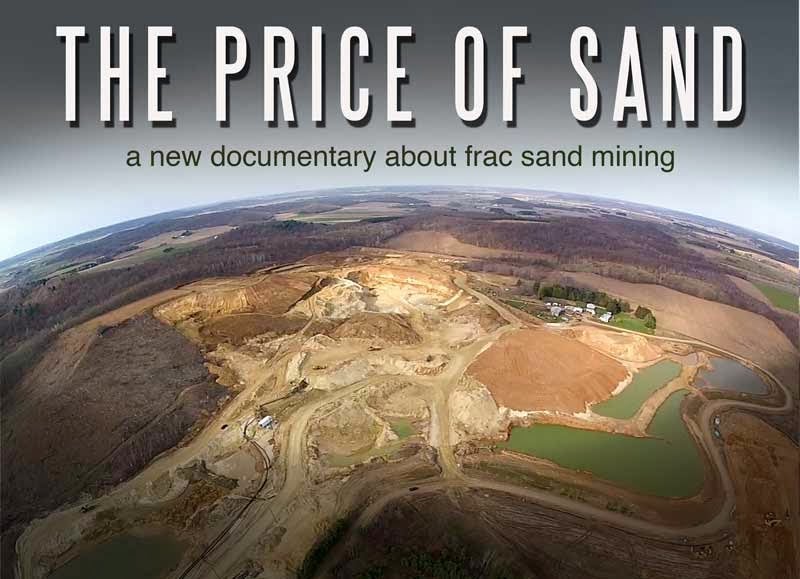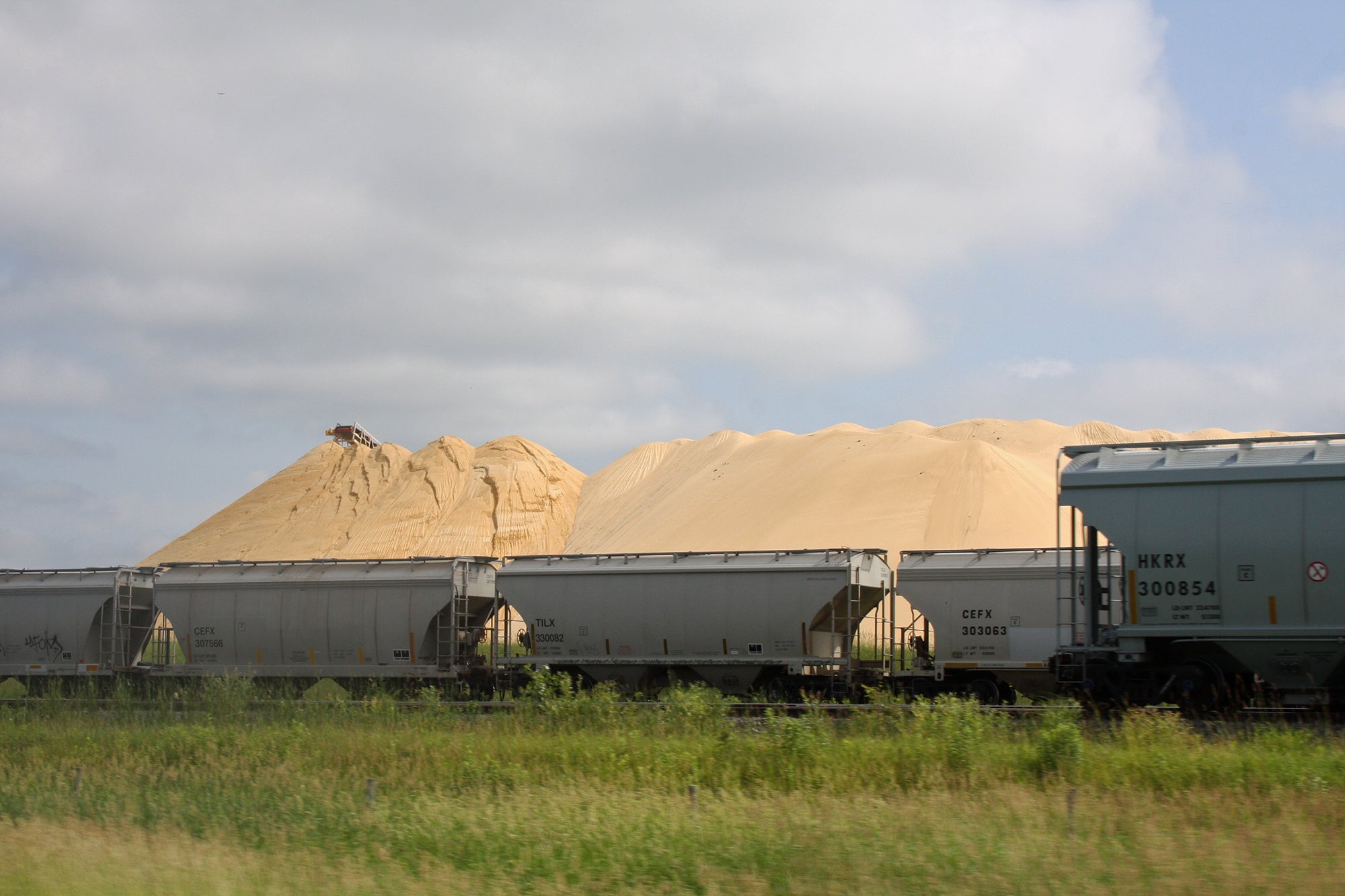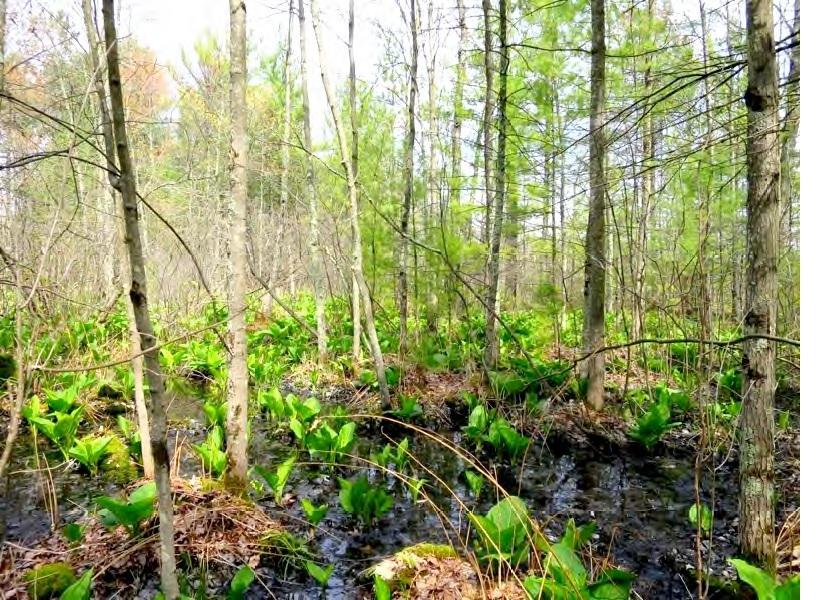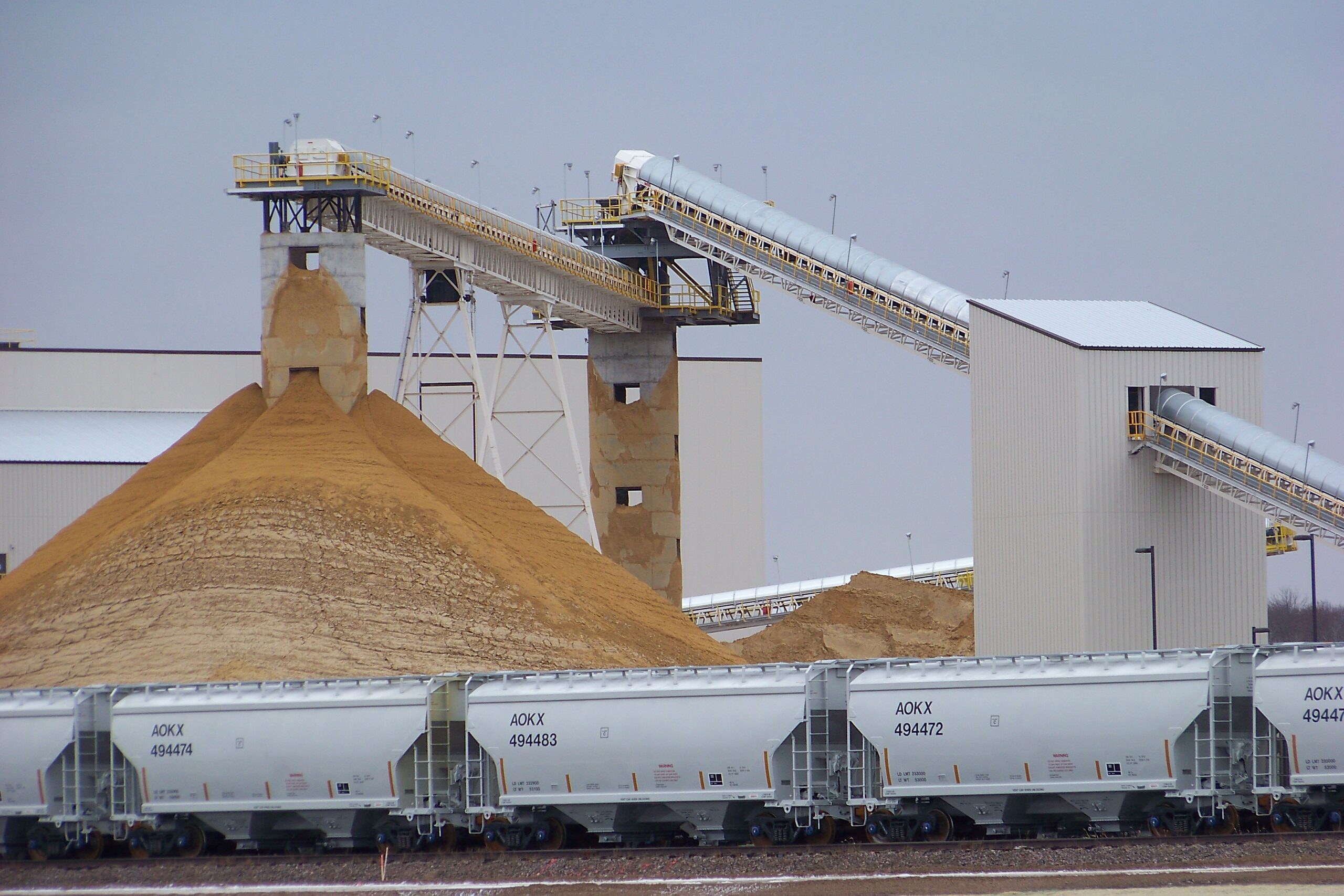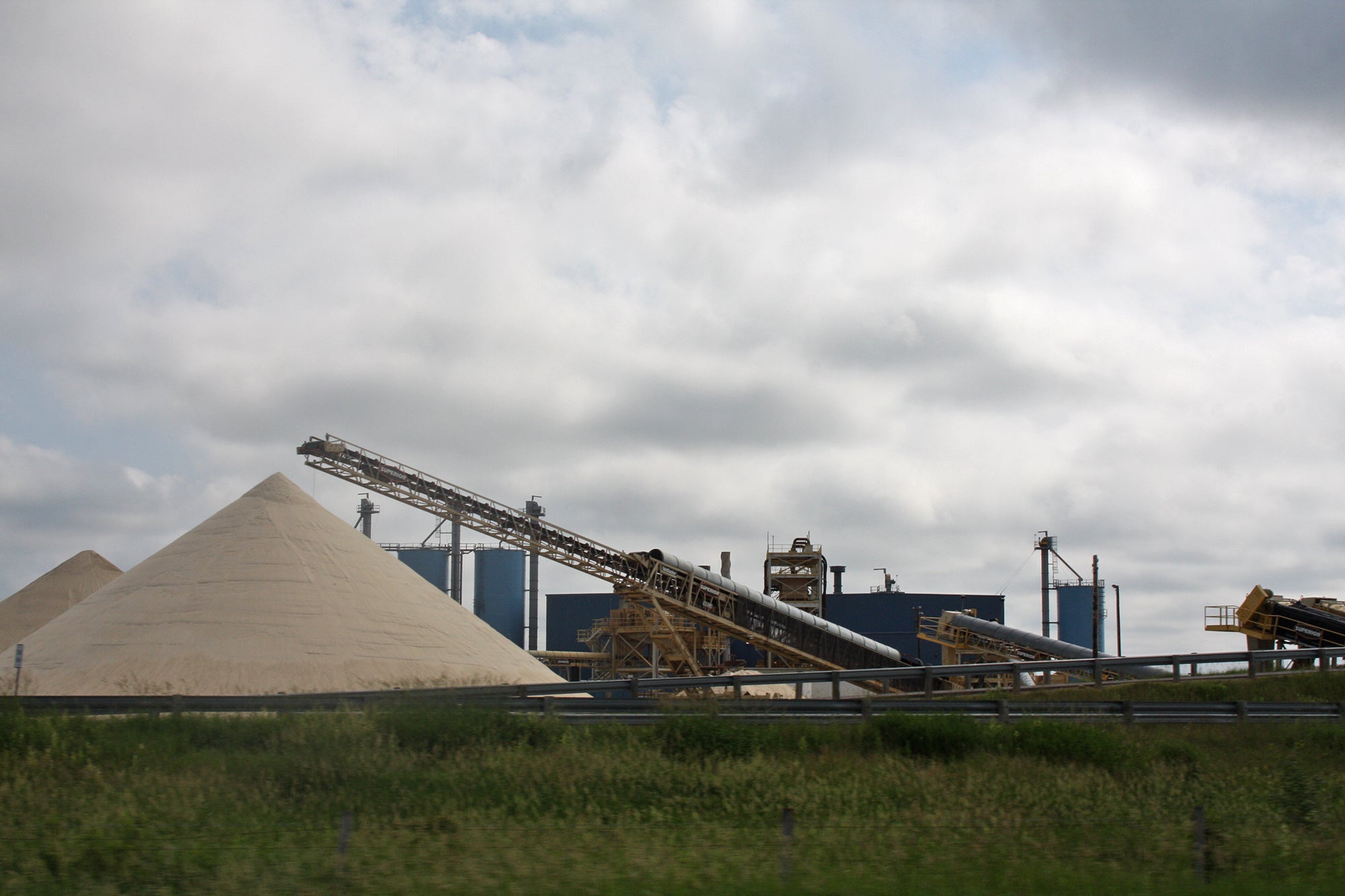Mining for silica sand, or “frac” sand, is a booming industry in western Wisconsin, but at what price? That’s the question posed in “The Price of Sand,” a documentary film which has been out since last year. It gets a screening tomorrow night on Wisconsin Public Television.
Filmmaker Jim Tittle told “Director’s Cut” host Pete Schwaba he got the idea for the movie when a frac sand mine was almost dug near his hometown in Goodhue County, Minnesota…
News with a little more humanity
WPR’s “Wisconsin Today” newsletter keeps you connected to the state you love without feeling overwhelmed. No paywall. No agenda. No corporate filter.
Jim Tittle: About three years ago, my brother, who lives in our hometown called me up and said “the land next to Mom’s house sold for a lot of money, and we don’t know why.” We did some investigation, and we found out they wanted to build a 158-acre open pit mine in this cornfield. That’s how it immediately affected me. I became aware of how the oil and gas industry is affecting small towns, people out in the country, and my family in particular.
Pete Schwaba: So tell us, what did you see (when you visited a silica sand mine) in Goodhue County?
JT: The scale of this thing just blew me away. It was a huge, huge open pit mine. That was my first impression. The other was that it had been there for quite a while. There were big berms, there was lots of infrastructure, it was a heavy industrial operation. I’d seen sand pits before, and that’s kind of what I was thinking [it would be]: a sand pit. Well, it wasn’t a sand pit, it was a big, huge industrial mine.
PS: Is this a political issue, or is it more of a community issue that is above politcs?
JT: It’s a money issue. This is driven by the energy industry, and energy is big, huge money, and that big huge money is operating this by remote control. The people who are making the ultimate decisions about frac sand mining, they don’t live here, most of them.
PS: Are there more people who are for this, or against it?
JT: I think it depends on where you are; I think it depends on circumstance. I’d like to say everybody’s against it, but that’s not true, and there are people who are getting some very positive benefits out of it.
PS: Aside from jobs, what are the positive effects?
JT: Well, for generations, people have paid taxes on their hills. Farmers pay taxes on those hills and trees, and they never get any money back out of them. And they’re scraping by, and then all of a sudden, somebody comes and says, “That hill is worth $2 million. Sell it to me, and your troubles are over.”
PS: So that’s a positive thing for that one guy…
JT: But — in the film you’ll see Vicki Trinkle, who lives in Cooks Valley, Wisconsin. She’s living on her family farm, and she’s developed asthma because the hill across the road from her farm is being mined for sillica, and I step out of my car there, and I’m choking and gagging. It’s a difficult issue.
You can hear more about silica sand mining, and watch “The Price of Sand” on “Director’s Cut”, Friday night (4/25) at 10:00 on WPT.
Wisconsin Public Radio, © Copyright 2025, Board of Regents of the University of Wisconsin System and Wisconsin Educational Communications Board.

